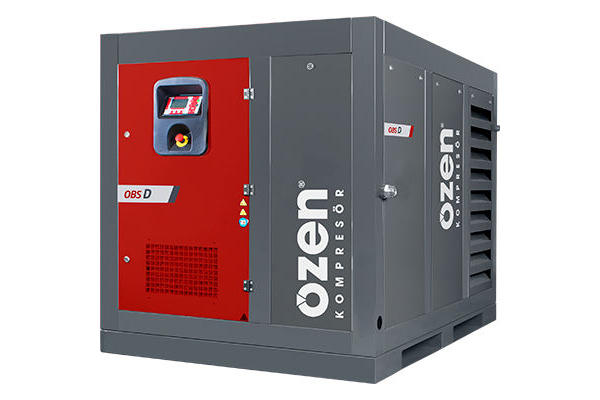Booster Air Compressors
Booster Air Compressors
Booster compressor is used to compress the air in the pressure range of 7-10 bar to 35-40 bar pressure. Booster compressors have many different usage areas such as pet blowing in the plastic industry, providing the first engine movement in the maritime industry, laser cutting in the metal industry, coating techniques in the wood and glass industry, high pressure oxygen supply in chemical treatment plants and evacuation of harmful gases in mines.
Screw Booster Working Principle
Screw booster compressors connect to your existing air compressor system via a receiver tank, low pressure dryer, piping, and a drain tank. Booster compressors operate on the simple principle that as the volume decreases in a closed system, the pressure increases.
Screw booster compressor system; consists of a receiver tank, low pressure dryer, piping, screw booster compressor, discharge tank and high-pressure dryer. The receiving tank has an inlet that receives compressed air from the primary supply (compressor) and directs it to the compression stage for pressure boosting.
Air accessing the screw booster compressor from the tank, after going through a series of compression stages, is transferred from the compressed air pipes to the discharge tank, which contains an outlet that supplies gas to the site. After the discharge tank, it is passed through the high-pressure dryer and is purified from the moisture and particles in the air and given to the system.
In heavy-duty industries that operate continuously, piston booster compressors cannot meet your needs. The maintenance and overhaul times of the piston booster are shorter, the energy losses are around 35-40%, the oil carrying rate can be very high and it can cause a continuous water flow problem in the compressed air line.
Our OSB D screw booster compressor series offers an advantage of up to 20% in total cost of ownership, with long maintenance and service intervals, 15-20% less electricity consumption with its frequency inverter.


